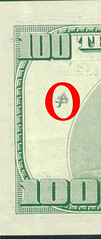
PREV ARTICLE
NEXT ARTICLE
FULL ISSUE
PREV FULL ISSUE
CHOPMARKS ON MODERN U.S. PAPER MONEYI got a few US $100 notes from a guy from Philippines. I noticed they had been counter-stamped with various logos, probably of banks which authenticated the notes. These logos are just like the old chop mark silver coins. I have never seen them in USA, but then the US $100 hardly circulates in USA, and this must be a far East phenomena.. What is the Numismatic term for them. . . ? I could not find a write up about them on the Internet. I was told by a currency dealer that with the mark, that agency will accept back the note if found to be a forgery. But then the mark also may get forged to make them more acceptable.
We've had articles on these types
of marks before, although I'm having trouble finding them. They're usually
called chopmarks, after the marks Chinese merchants used to put on silver coins to guarantee their silver content.
-Editor
Kavan also contacted Joe Boling, who writes: I call these chopmarks, as do most other paper collectors. I have them from both the far east and mideast (Arabic script chops). They are used so that a moneychanger does not have to study a note closely, if it already has his chop showing that he did that before. Sure, they could be forged, but the original user would be quite likely to detect that easily - it's not likely to be a perfect match for the stamp he has on his desk. As far as I know, nobody has studied these, and certainly no guide exists linking each chop to its originating source. A friend here in Indianapolis is trying to build an exhibit of these for US competition at coin shows. I don't know how many he has collected, nor what approach to describing them he plans to take.
Below are a few related images from internet resources I found, including some about chopmarks on Euro notes.
-Editor
Have you ever had a $50 or $100 bill and wondered where it has been? Have you ever noticed little stamps or markings on the backs of these bills? These are chop marks. Chop marks were made famous by US trade dollars. They were used earlier on Spanish milled dollars that went overseas. They were used to mark a coin as yours because either a bank does not exist near you or because the banks that are near you don't take that particular currency or coin. If you mark a coin and someone steals it you are able to identify it. This tradition continues today in cities in the Middle East and Asia. I am going to start to document these marks as I find them on modern American currency. The US dollar is the most traded currency in the world. I will use this thread to post pictures of the stamps I find. If you find any please feel free to post an image.
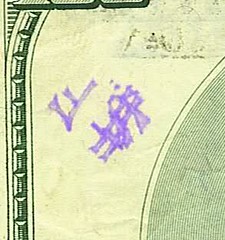
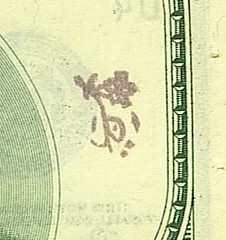
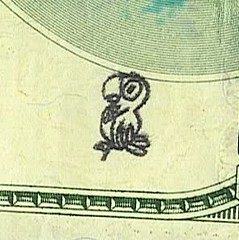
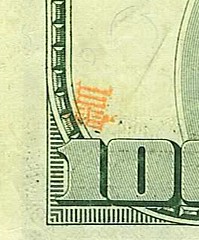
To read the complete article, see: A Study In Modern Chop Marks (www.coinpeople.com/index.php/topic/8551-a-study-in-modern-chop-marks/)

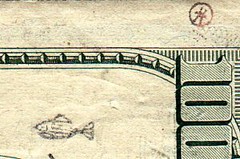
To read the complete article, see: More Chops (Stamps and Marks on Currency) (justteejay.wordpress.com/2012/02/21/more-chops-stamps-and-marks-on-currency/)

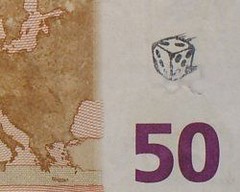
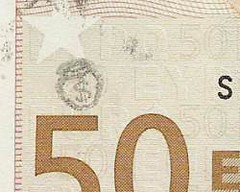
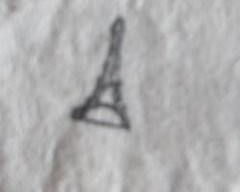
To read the complete article, see: Chopmarks on euro banknotes (home.wanadoo.nl/wasmyweb/ebt/fotogallery/stempels_klein.htm)
THE BOOK BAZARREWayne Homren, Editor The Numismatic Bibliomania Society is a non-profit organization promoting numismatic literature. See our web site at coinbooks.org. To submit items for publication in The E-Sylum, write to the Editor at this address: whomren@gmail.com To subscribe go to: https://my.binhost.com/lists/listinfo/esylum All Rights Reserved. NBS Home Page Contact the NBS webmaster 
|
